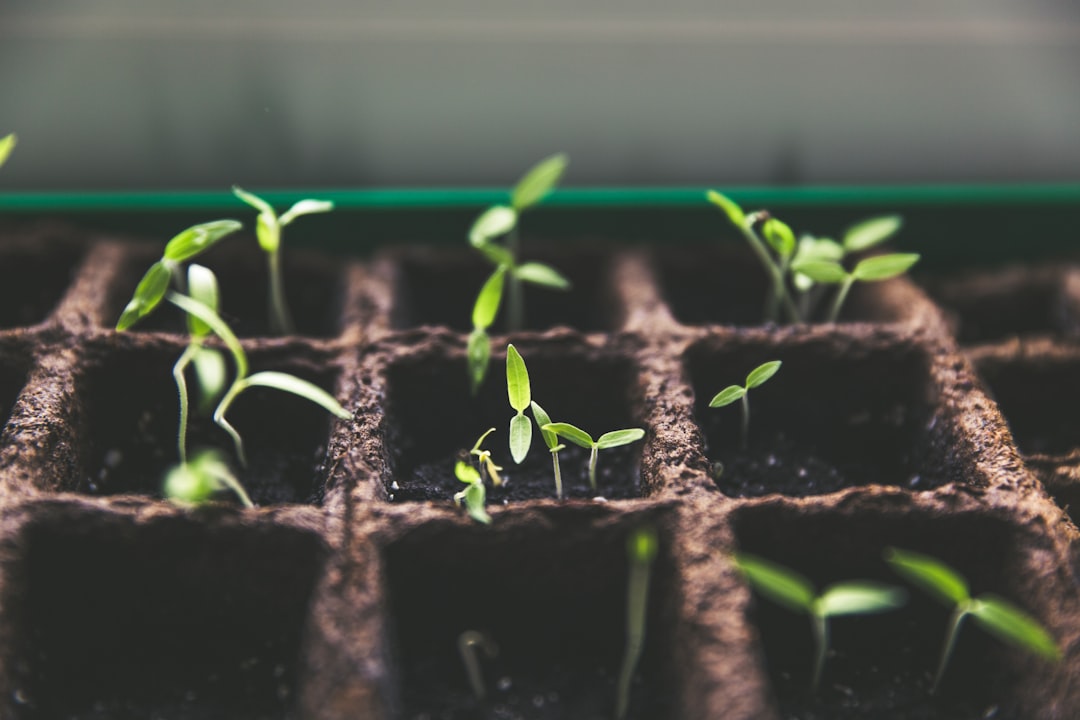Germinating seeds successfully requires providing the right balance of temperature, moisture, and light. These three factors work together to activate the seed’s metabolic processes, encouraging sprouting and healthy seedling development. Whether you're starting a home garden or cultivating crops commercially, understanding these conditions can significantly improve your germination success rate.
The Role of Temperature in Germination
Temperature plays a crucial role in seed germination, as it influences enzymatic activity and seed metabolism. Different plant species have specific temperature ranges for optimal germination. Generally, seeds fall into three main categories:
- Cool-season crops (e.g., lettuce, spinach, peas) germinate best at temperatures between 40-75°F (4-24°C).
- Warm-season crops (e.g., tomatoes, peppers, cucumbers) prefer temperatures between 70-85°F (21-29°C).
- Tropical plants (e.g., eggplants, melons) often require even higher temperatures, around 80-95°F (27-35°C).
Maintaining consistent soil temperatures is essential. Using heating mats, greenhouse environments, or controlled indoor spaces can help optimize conditions, particularly in colder climates.
Moisture: The Key to Seed Activation
Water is the primary trigger for germination, as it softens the seed coat and activates enzymes needed for growth. Seeds need a consistent level of moisture, but excessive water can lead to fungal diseases or rot.
- Keep soil evenly moist but not waterlogged—use a spray bottle or gentle watering technique.
- Choose the right growing medium—a well-draining, sterile seed-starting mix is ideal.
- Maintain humidity levels by covering seed trays with plastic domes or using humidity chambers to prevent rapid drying.
Light Requirements for Germination
Light plays a variable role in seed germination. Some seeds require light to sprout, while others germinate best in darkness. Understanding the specific needs of your seeds will improve your germination success.
- Light-dependent seeds (e.g., lettuce, petunias, begonias) need exposure to light, so they should be sown on the surface of the soil.
- Dark-dependent seeds (e.g., onions, peppers, carrots) require complete darkness and should be buried at the recommended depth.
- Neutral seeds (e.g., tomatoes, beans) can germinate in either light or dark conditions.
If natural sunlight is insufficient, especially indoors, using grow lights can provide the necessary spectrum for seedling development.
Conclusion
Creating an optimal environment for seed germination involves balancing temperature, moisture, and light. By tailoring these conditions to your specific plant varieties, you can enhance germination rates and promote strong, healthy seedlings. Whether you're a beginner or an experienced gardener, paying attention to these factors will set you up for gardening success.

Comments
No comments yet. Be the first to comment!
You must be logged in to comment. Login